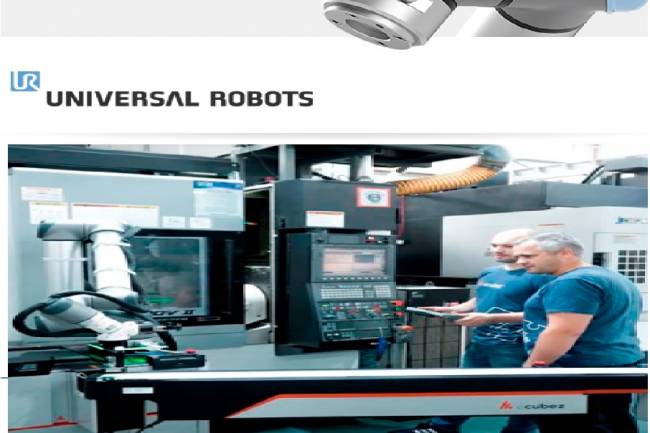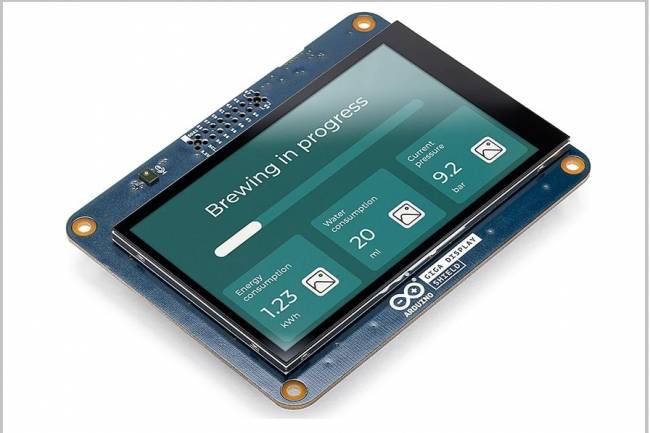
Entrepreneurship in Customized Robot Design: Inspiring Tips for Different Industries
Today, the rapid development of microcontrollers (MCUs) and mobile programming technologies offers unprecedented opportunities for electronic learning and robotics applications. This creates a particularly exciting environment for entrepreneurs. In this article, we will focus on how to design different robots and tips for taking steps towards entrepreneurship in this field.
Opportunities in Robot Design
1. Market Research
The first step is to understand your potential customers' needs and the current market. In which industries is the demand for robotic technologies increasing? In what areas can robots provide greater efficiency or reduce labor costs? Market research is one of the essential steps for a successful robotics startup.
2. Customized Solutions
Developing specialized robots that focus on specific industries or business areas, rather than general-purpose robots, can provide a competitive advantage. For example, developing specialized solutions such as automatic harvesting robots for the agricultural sector or patient care robots for the healthcare sector can offer a more targeted market approach.
Tips on Robot Design
1. Using Technology
Integrating advanced technologies such as artificial intelligence and machine learning, as well as microcontrollers (MCUs) and mobile programming technologies, into robot design can make your product more functional. For example, capabilities such as object detection and automatic navigation can make your robots smarter and more efficient.
2. Collaboration and Open Source Approach
Collaboration and an open source approach to robot design can foster innovation and reduce costs. Open source hardware and software platforms can accelerate industry progress by creating a collaborative ecosystem while making it easier to share knowledge and experience with other developers.
Entrepreneurship Tips
1. Prototyping and Feedback
Build your first prototype and get feedback from potential customers or industry experts. Use feedback to improve your product and adapt it to better respond to customer demands.
2. Financial Planning and Investment
The robot development process is often costly. Do financial planning and explore different sources to secure the necessary investment. In addition to traditional financing methods, also consider alternative sources such as grant programs, venture capital and angel investors.
3. Collaborations and Partnerships
Build collaborations with industry experts, universities or other technology companies. Partnerships can both enable sharing of technical knowledge and experience and expand your marketing and distribution network.

Designing and developing different robots offers an exciting opportunity for entrepreneurship. However, it is important to develop the right strategy and plan to be successful. Conduct market research, use technology effectively, establish collaborations and focus on customer feedback. These tips can help you build a successful startup in robotics.





























